 |
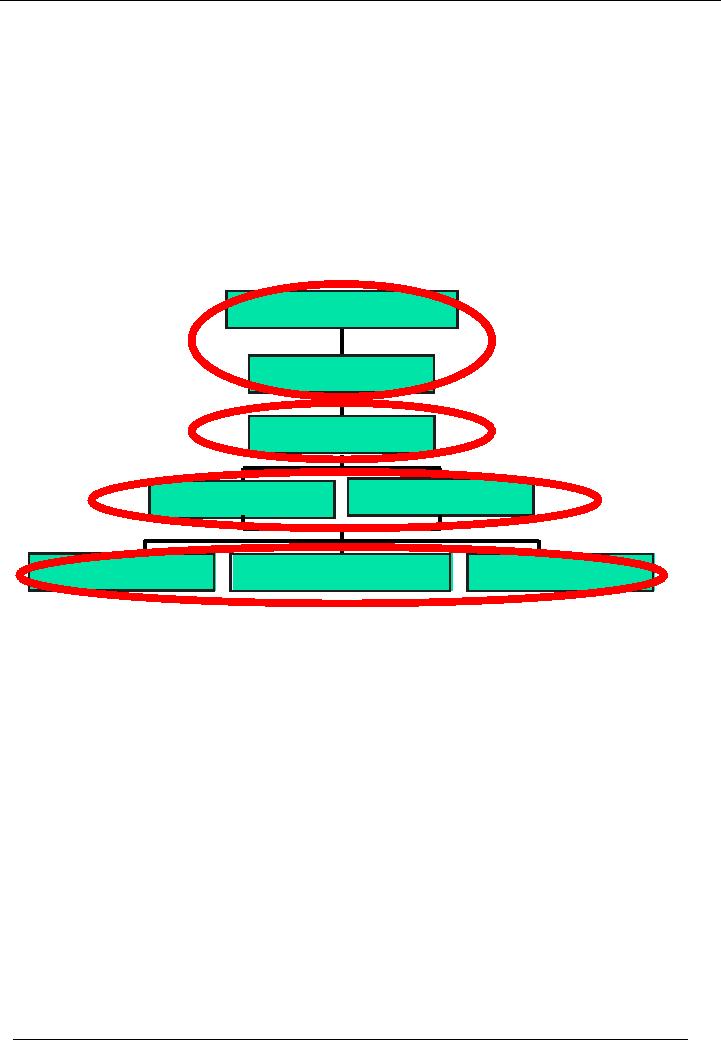
Financial
Accounting (Mgt-101)
VU
Lesson-6
Learning
Objective
�
This
lecture will cover following
areas:
o An
overview of the flow of
transactions.
o An
introduction to the basic books of
accounts.
o The
General Ledger, and
o The
ledger balance
The
Flow of Transactions
Occurrence
of an Event
The
Voucher
General
Journal
Cash/Bank
Book
General
Ledger
Trial
Balance
Profit
& Loss Account
Balance
Sheet
Event
Event
is the happening of any thing but in
accounting we discuss monetary
events
Monetary
Events
If the
financial position of a business is
change due to the happening of event that
Event is called
Monetary
Event
The
Voucher
�
Voucher
is a document in a specific format that
records the details of a
transaction.
�
It is
accompanied by the evidence of
transaction.
18
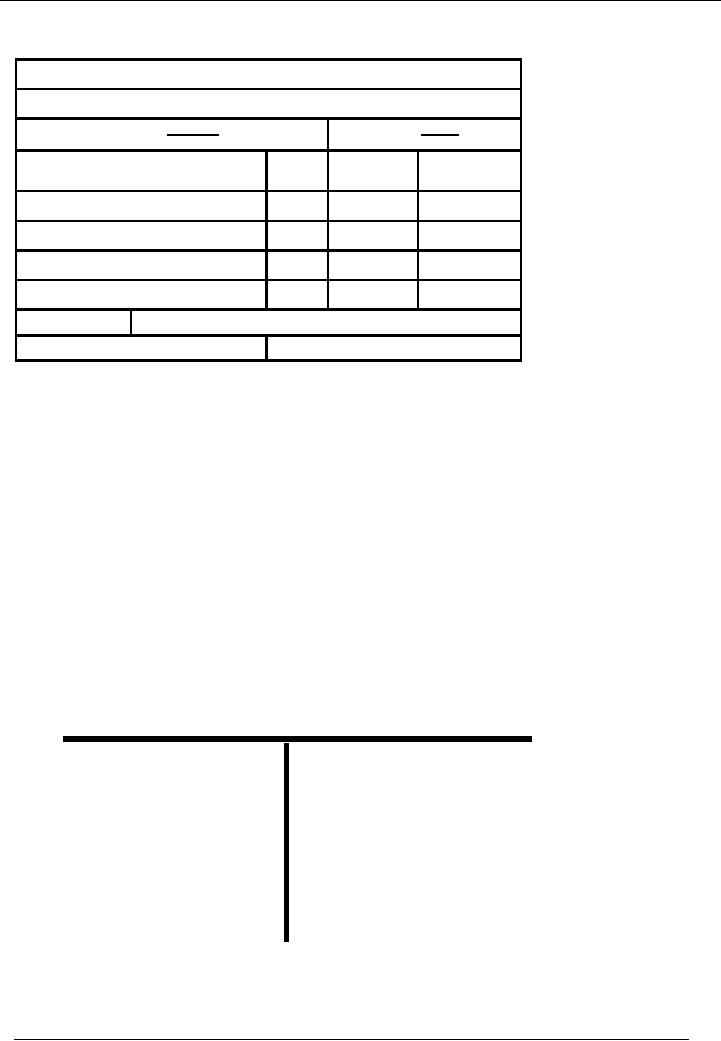
Financial
Accounting (Mgt-101)
VU
A
Sample Voucher
Name
Of Company
Type
Of Voucher
Date:
1-1-20--
No:
01
Description
Code
Debit
Credit
#
Amount
Amount
Cash
01
100,000
Capital
02
100,000
Total:
100,000
100,000
Narration:
Capital
Introduced in Cash by Owner
Prepared
By:
Checked
by:
The
General Journal
�
The
Journal used to be a chronological (day-to-day)
record of business transactions.
All vouchers
were
first recorded in books.
�
It was
also called the Book of
Original Entry or Day
Book.
�
But in
present day accounting and
especially with the introduction of
computers for accounting,
this
book
is not in use any
more.
�
We
will, therefore, not study the
use of Journal in detail but we should
know that it is a book
that
keeps
day-to-day record of transactions.
General
Ledger The `T'
Account
�
Ledger
is a book that keeps
separate record for each
account (Book of Accounts).
�
We
know that Account or Head of
Account is systematic record of
transactions of one
type.
�
An
account in its simplest form
is a T-shape and looks like
this:
Title of
Account
Left
hand side.
Right
hand side.
The
Debit side.
The
Credit side.
19
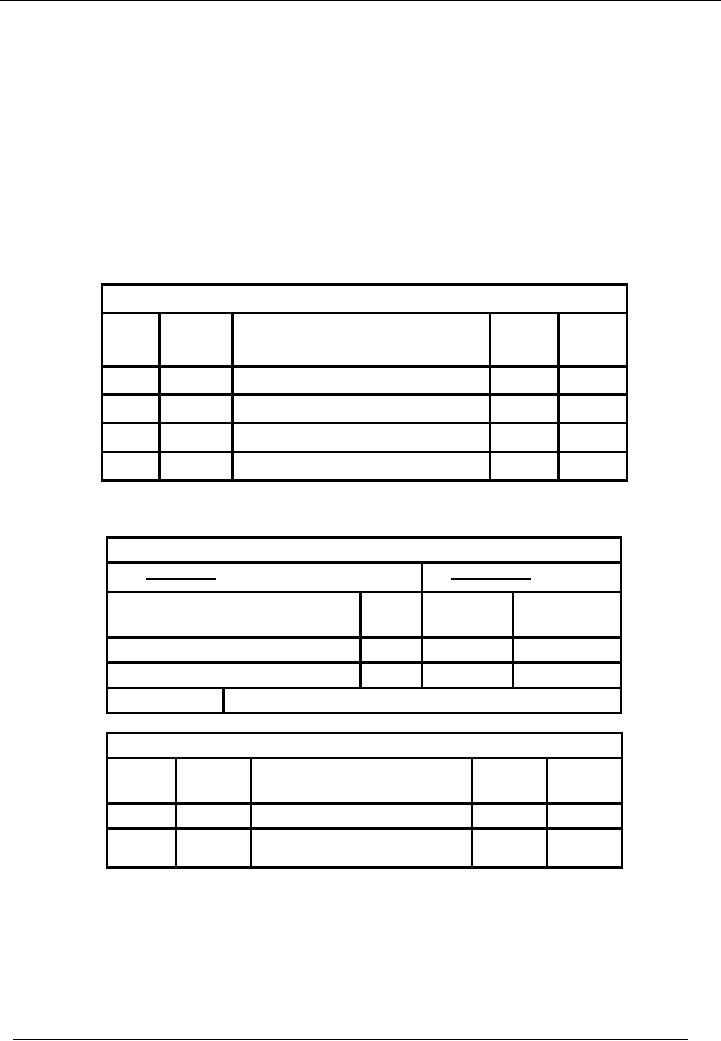
Financial
Accounting (Mgt-101)
VU
A
Standard General
Ledger
�
Since
the ledger keeps record of
transactions that affect one
head of account, therefore, it
should
provide
all the information that a
user may need.
�
Usually the
ledger is required to provide following
information:
o Title
of account
o Ledger
page number, called Ledger
Folio / Account Code
o Date of
transaction
o Voucher
number
o Narration
/ particulars of transition
o Amount
of transaction
A
Standard General
Ledger
Capital
Account (Title of
Account)
Account
Code 02
Date
Voucher
Particulars
/
Debit
Credit
Number
Narration
Amount
Amount
20--
Jan
01
01
Capital
Introduced in cash by
Owner
100,000
Recording
From Voucher To General
Ledger
Voucher
Date:
1-1-20--
No:
01
Description
Code
Debit
Credit
#
Amount
Amount
Cash
01
100,000
Capital
02
100,000
Narration:
Capital
Introduced in Cash by
Owner
Capital
Account (Title of
Account)
Account
code 02
Date
Voucher
Particulars
/
Debit
Credit
Number
Narration
Amount
Amount
20--
Jan
01
01
Capital
Introduced in cash by
100,000
Owner
20
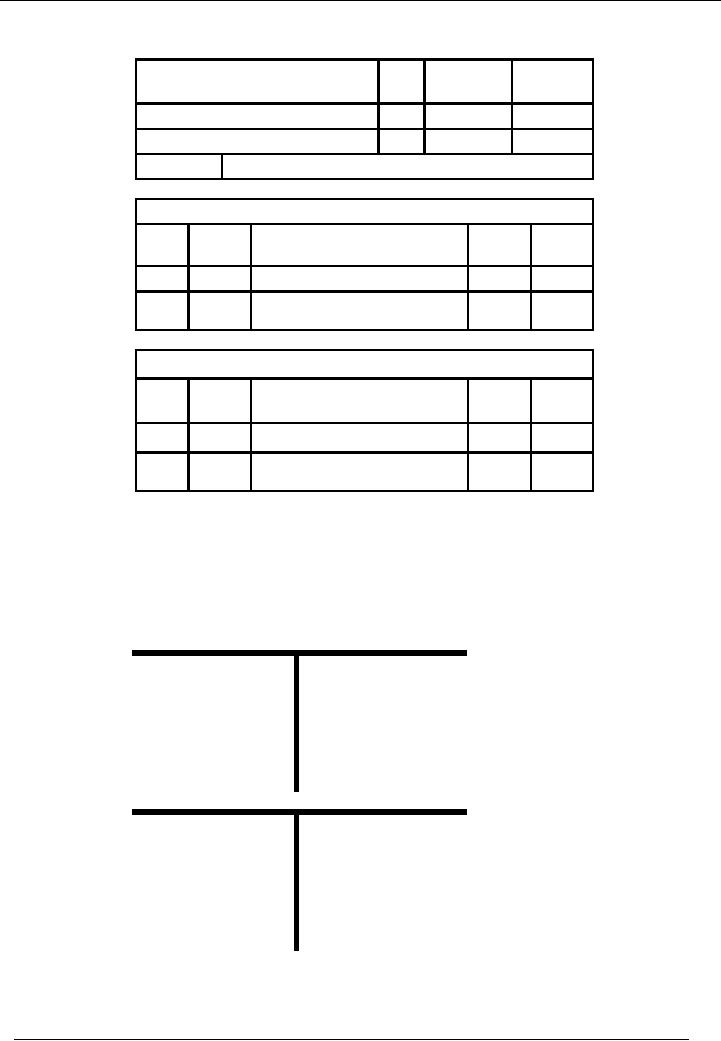
Financial
Accounting (Mgt-101)
VU
Completing
The Recording Both
Effects
Description
Code
Debit
Credit
#
Amount
Amount
Cash
01
100,000
Capital
02
100,000
Narration:
Capital
Introduced in Cash by
Owner
Capital
Account Account Code
02
Date
Voucher
Particulars / Narration
Debit
Credit
Number
Amount
Amount
20--
Jan 01
01
Capital
Introduced in cash by
100,000
Owner
Cash
Account
Account
Code 01
Date
Voucher
Particulars / Narration
Debit
Credit
Number
Amount
Amount
20--
Jan 01
01
Capital
Introduced in cash by
100,000
Owner
A Simple
Presentation of a Recorded Transaction is as
under:
Cash
Account
Code
01
Capital
Capital
Account
Code
02
Cash
100,000
21
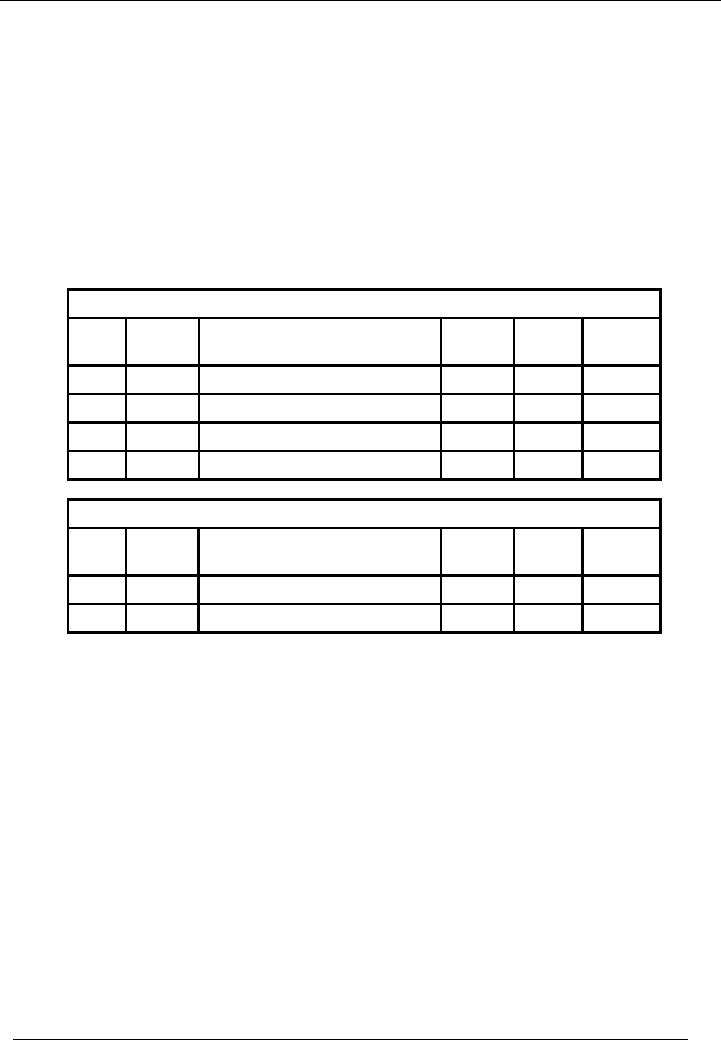
Financial
Accounting (Mgt-101)
VU
The
Ledger Balance
�
In the
earlier lecture, we discussed
that in order to have the
total figure in respect of
each head of
expense/income,
asset/liability we need to maintain
different accounts.
�
We had
also said that each
account may have figures on
the debit as well as the credit
side.
�
Therefore, the
difference between the debit and the
credit sides, known as the BALANCE,
would
represent
the required total of the particular
account.
�
The
total of all balances on the
Debit side is ALWAYS equal
to the total of all balances on
the
Credit
side. This is called the
balancing of books of accounts. We will
study about this concept at a
later
stage.
�
The
balance may be written out
after every transaction in a third column
or calculated at the end of
a
specific time period (an
accounting period).
�
A
Debit balance is shown
without brackets and a
Credit balance is shown in
brackets (XYZ).
Cash
Account
Account
Code 01
Date
Voucher
Narration
/
Debit
Credit
Balance
Number
Particulars
Amount
Amount
Dr/(Cr)
20--
Jan
01
01
Capital
Introduced in cash by Owner
100,000
100,000
Jan
01
02
Cash
Paid for Purchase of
Building
50,000
50,000
Jan
02
03
Cash
Paid for Purchase of
Furniture
10,000
40,000
Capital
Account
Account
Code 02
Date
Voucher
Narration
/
Debit
Credit
Balance
Number
Particulars
Amount
Amount
Dr/(Cr)
20--
Jan
01
01
Capital
Introduced in cash by
Owner
100,000
(100,000)
22
Table of Contents:
- Introduction to Financial Accounting
- Basic Concepts of Business: capital, profit, budget
- Cash Accounting and Accrual Accounting
- Business entity, Single and double entry book-keeping, Debit and Credit
- Rules of Debit and Credit for Assets, Liabilities, Income and Expenses
- flow of transactions, books of accounts, General Ledger balance
- Cash book and bank book, Accounting Period, Trial Balance and its limitations
- Profit & Loss account from trial balance, Receipt & Payment, Income & Expenditure and Profit & Loss account
- Assets and Liabilities, Balance Sheet from trial balance
- Sample Transactions of a Company
- Sample Accounts of a Company
- THE ACCOUNTING EQUATION
- types of vouchers, Carrying forward the balance of an account
- ILLUSTRATIONS: Ccarrying Forward of Balances
- Opening Stock, Closing Stock
- COST OF GOODS SOLD STATEMENT
- DEPRECIATION
- GROUPINGS OF FIXED ASSETS
- CAPITAL WORK IN PROGRESS 1
- CAPITAL WORK IN PROGRESS 2
- REVALUATION OF FIXED ASSETS
- Banking transactions, Bank reconciliation statements
- RECAP
- Accounting Examples with Solutions
- RECORDING OF PROVISION FOR BAD DEBTS
- SUBSIDIARY BOOKS
- A PERSON IS BOTH DEBTOR AND CREDITOR
- RECTIFICATION OF ERROR
- STANDARD FORMAT OF PROFIT & LOSS ACCOUNT
- STANDARD FORMAT OF BALANCE SHEET
- DIFFERENT BUSINESS ENTITIES: Commercial, Non-commercial organizations
- SOLE PROPRIETORSHIP
- Financial Statements Of Manufacturing Concern
- Financial Statements of Partnership firms
- INTEREST ON CAPITAL AND DRAWINGS
- DISADVANTAGES OF A PARTNERSHIP FIRM
- SHARE CAPITAL
- STATEMENT OF CHANGES IN EQUITY
- Financial Statements of Limited Companies
- Financial Statements of Limited Companies
- CASH FLOW STATEMENT 1
- CASH FLOW STATEMENT 2
- FINANCIAL STATEMENTS OF LISTED, QUOTED COMPANIES
- FINANCIAL STATEMENTS OF LISTED COMPANIES
- FINANCIAL STATEMENTS OF LISTED COMPANIES